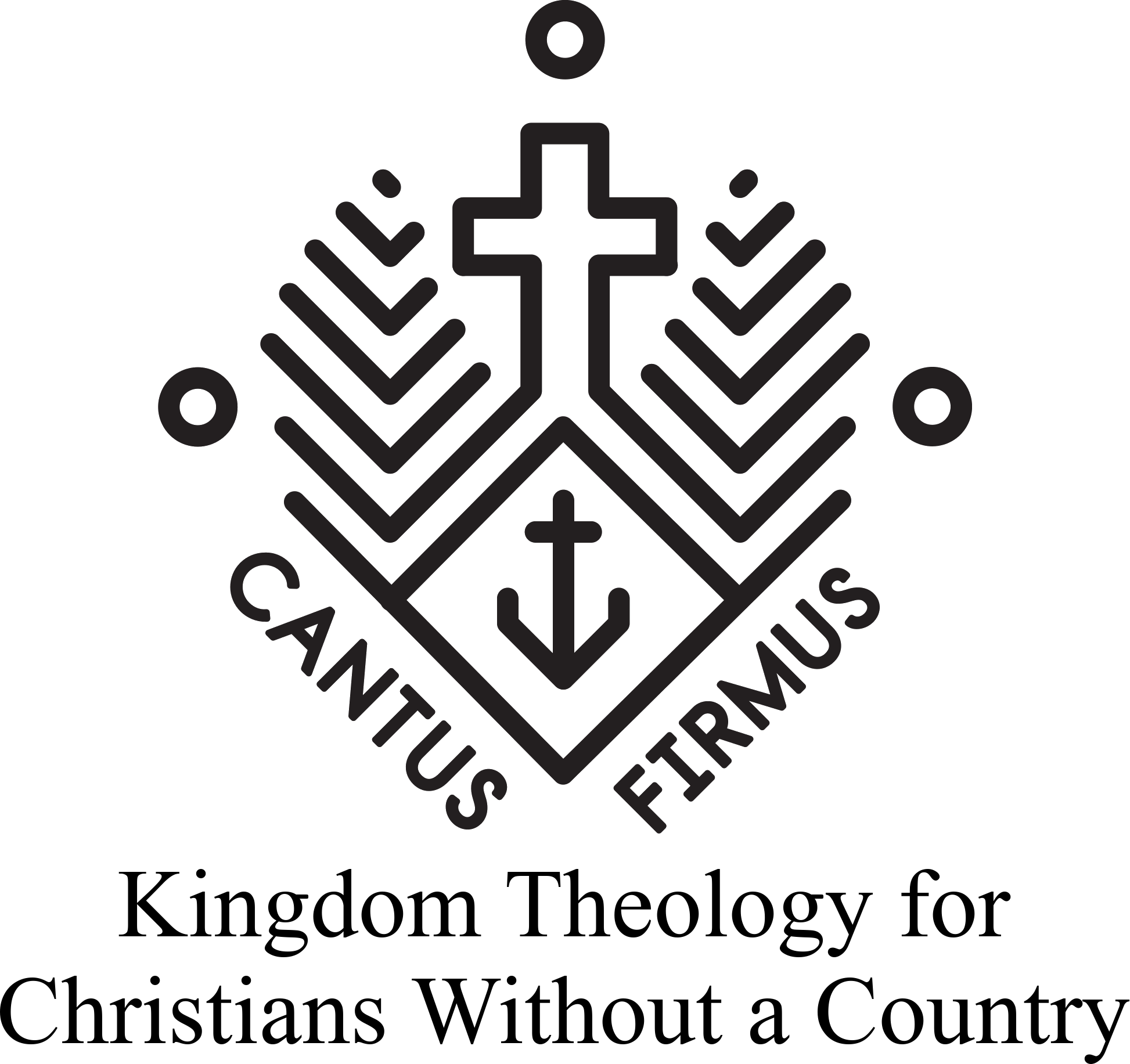This is a follow-up to my last post where I discussed the meaning of the Lord’s Supper (or the eucharist, as Roman Catholics tend to call it). Roman Catholics, as you might recall, believe in transubstantiation, which entails that the bread and wine of communion becomes the body and blood of Christ by the words of the priest. The Catechism of the Catholic Church, quoting the Council of Trent, puts it this way:
“The Council of Trent summarizes the Catholic faith by declaring: ‘Because Christ our Redeemer said that it was truly his body that he was offering under the species of bread, it has always been the conviction of the Church of God, and this holy Council now declares again, that by the consecration of the bread and wine there takes place a change of the whole substance of the bread into the substance of the body of Christ our Lord and of the whole substance of the wine into the substance of his blood. This change the holy Catholic Church has fittingly and properly called transubstantiation'” (CCC, 1376).
A central Roman Catholic proof-text for this teaching is John 6, particularly verse 53 where Jesus says,
“Truly, truly, I say to you, unless you eat the flesh of the Son of Man and drink His blood, you have no life in yourselves” (NASB).
However, interpreting this verse as teaching the transubstantiation of the eucharist is to completely ignore the context. Here’s why.
In the beginning of the chapter, Jesus feeds a crowd of five thousand with five loaves and two fish (miraculously, I mean. He didn’t cut the two fish into five thousand pieces). He then withdraws from the crowd, and they of course come after him. This is what He says to them:
“Truly, truly, I say to you, you seek Me, not because you saw signs, but because you ate of the loaves and were filled. Do not work for the food which perishes, but for the food which endures to eternal life, which the Son of Man will give to you, for on Him the Father, God, has set His seal” (John 6:26-27, NASB).
From the beginning, Jesus chastises the crowd for being focused on bread, which He describes as food which perishes. Instead, they should look for the food which endures to eternal life that He gives. There’s a contrast here. His point isn’t that they should seek after a different literal bread– one that has been blessed by a priest– but that literal bread is not what’s important here. The food they should look for is metaphorical (something that sustains), not literal.
“For the bread of God is that which comes down out of heaven, and gives life to the world” (John 6:33, NASB).
Jesus here gives another hint about what kind of bread He is focused upon. It’s one that comes down from heaven. Two verses later, He speaks plainly:
“I am the bread of life; he who comes to Me will not hunger, and he who believes in Me will never thirst” (John 6:35, NASB).
Jesus is the “bread” that doesn’t perish, that gives life to the world, and that, unless it is eaten, the person rejecting it can’t have life in themselves. How does one “eat” this bread? Jesus says explicitly that one fulfills this requirement by coming to Him. How does one drink His blood so that they will not thirst (again, this is not a literal thirsting, but a spiritual thirsting that Jesus quenches)? By believing. So, one does not have life in themselves by eating bread and drinking wine (even if it has been turned into His flesh and blood), but by coming to Him and believing. In case the reader misses this, Jesus repeats it again later.
“Truly, truly, I say to you, he who believes has eternal life” (John 6:47).
At this point, Jesus uses the strong metaphorical language that Catholics have seized on:
“Truly, truly, I say to you, unless you eat the flesh of the Son of Man and drink His blood, you have no life in yourselves” (John 6:53, NASB).
At this point, some of His followers interpret His words literally and are weirded out. As a result, many leave (see verses 60 and 66). However, they have no reason to take a literal interpretation of His words. Even before the text tells us that some of His followers vamoose, Jesus again explains what He isn’t talking about literal flesh and blood, but is using spiritualized metaphors:
“It is the Spirit who gives life; the flesh profits nothing; the words that I have spoken to you are spirit and are life” (John 6:63, NASB).
While the Catholic Church has not shied away from Jesus as this crowd did, they have essentially taken their same mistaken interpretation. But Jesus’ rebuke stands for both groups– the flesh profits nothing; it is the Spirit who gives life. Spiritual things (turning to Christ by the power of the Holy Spirit), not physical things (eating consecrated bread and wine), are what give us eternal life. By taking this passage completely out of its context, the Roman Catholic Church has reinforced their dangerous view of salvation and taken the focus off of Christ’s once-for-all sacrifice to emphasize a bit-by-bit atonement that one must work day after day to achieve.
